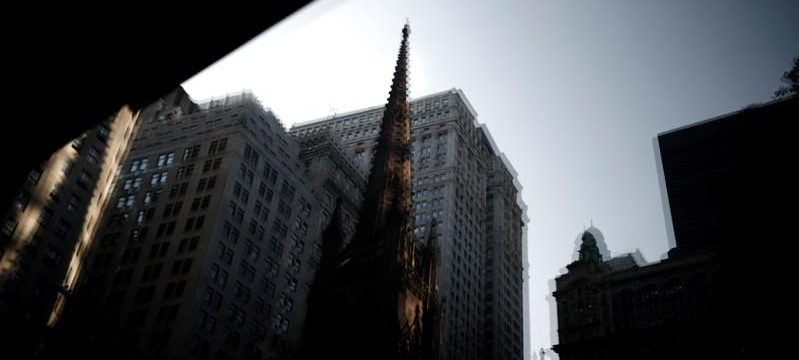CHARLOTTESVILLE, Va. (Reuters) – Monticello, the expansive brick home of Thomas Jefferson, sits atop a hill overlooking farmland, trees and the University of Virginia, the institution founded by the third U.S. president.
Its distinctive architecture – a columned portico, balconies ringing the upper floors, the famous dome – has landed the residence on the UNESCO World Heritage Site list and the back of the U.S. nickel.
Built between 1769 and 1809, Monticello is also one of the most famous of the hundreds of landmark American buildings constructed by slaves.
(Click reut.rs/2ZAQQku to see a picture package about prominent U.S. landmarks built using the labor of slaves.)
Four hundred years ago this month, the boat carrying what is believed to have been the first 20 enslaved Africans arrived in the British colony of Virginia, an anniversary that has prompted a reckoning of race-based chattel slavery in the United States of America.
Throughout the United States, the physical legacy of slavery can still be seen in the U.S. Capitol, the White House, the residences of former presidents including George Washington’s Mount Vernon and James Madison’s Montpelier and universities built using the labor of slaves.
Other prominent landmarks built using the labor of slaves include South Carolina’s Fort Sumter, the site in Charleston Harbor where the Civil War that brought the end of slavery erupted in 1861, and the Castillo de San Marcos masonry fort in St. Augustine, Florida.
Tours and exhibits at Monticello highlight the work performed by slaves in the construction of the building and on Jefferson’s plantation.
Enslaved people leveled the hill on which the house sits, dug clay for brick-making, quarried limestone for mortar and plaster, and chopped trees that became lumber for framing and woodwork.
They also assisted white craftsmen hired for the building’s construction, with some becoming highly skilled workers in their own right – like John Hemmings, half-brother of Sally Hemings, a woman enslaved by Jefferson who had at least six children with him.
“You think of what it took to build Monticello – you need people who made bricks, people who laid the bricks, who chopped the wood, converted it into fine trim and woodwork and then installed it,” said Gardiner Hallock, director of restorations and collections for the foundation that operates the estate.
“And then there’s people who need to plaster the interior walls as well and lay the floors – and slave craftsmen were involved with all of those steps,” Hallock added.
‘IN AWE OF THIS INSTITUTION’
In New York City, where as much as 20% of its population was once enslaved, the original street of Broadway, the wall that gave Wall Street its name, historic restaurant and bar Fraunces Tavern and Trinity Church were all built using slave labor.
“All of the original built environment in New York basically was built with the labor of enslaved people,” said Louise Mirrer, the head of the New York Historical Society.
Growing recognition of the role that slaves played in constructing the United States has helped fuel the topic of reparations for descendants of American slaves.
One prominent institution that has received attention for its role in slavery is Georgetown University in Washington.
In 2016, Georgetown acknowledged that hundreds of people who were enslaved on Jesuit plantations were sold in 1838 to farms in Louisiana to pay off some of the university’s debts.
People involved in the GU272 Memory Project, a venture to find the descendants of those slaves, have said they have identified about 9,000 descendants, 4,000 of whom are living. In 2016, the university began offering preferential admission to descendants of slaves who had been owned by the Maryland Province of Jesuits.
One person who took the university up on its offer was 65-year-old Melisande Short-Colomb, who after a career as a chef decided to attend Georgetown University and complete an undergraduate degree in history and theater.
Now, throughout the school year, she walks past buildings such as Isaac Hawkins Hall, a dormitory believed to have been built in part by slaves and which has since been renamed to honor those who were sold to plantation owners in Louisiana.
“It’s beautiful,” Short-Colomb said about buildings like Isaac Hawkins Hall on the Georgetown campus, “and I am in awe of this institution and this place that was built by my family.”
Source: Read Full Article
